How to Write a StoryBrand Sales Letter
A sales letter is your brand’s written pitch—its job is to grab attention, connect with your audience, and drive action. But too often, businesses focus on themselves rather than the customer, making their messaging ineffective.
Donald Miller’s StoryBrand Framework changes that by turning your sales letter into a compelling, customer-focused story. When customers see themselves as the hero of the story, they are far more likely to engage with your brand.
And now, with AI-powered automation, you can optimize, personalize, and scale your StoryBrand sales letters for maximum impact.
How the StoryBrand Framework Improves Sales Letters
Most sales letters fail because they focus too much on the company. Customers don’t care about your brand—they care about how your brand can help them.
The StoryBrand Framework helps you:
Clarify your message so customers instantly understand what you offer.
Engage readers emotionally by positioning them as the hero of the story.
Drive action with a clear, compelling call to action (CTA).
By structuring your sales letter like a story, you make it more relatable, engaging, and persuasive.
1. Put Your Customer at the Center of the Story
Ray Edwards, in How to Write Copy That Sells, compares a sales letter to a movie trailer—its job is to excite and engage customers so they can’t wait to experience the full story (your product).
Donald Miller expands on this by saying: Your customer is the hero of the story. Your brand is the guide.
How to Do This in Your Sales Letter:
Start with the customer’s problem.
Highlight their frustrations and desires.
Show them how your brand can help them overcome challenges.
🔹 Example of a Weak Opening:
"Our company has been in business for 20 years, providing high-quality marketing solutions."
🔹 Example of a StoryBrand-Aligned Opening:
"Struggling to reach the right customers? You’re not alone. Many business owners waste thousands on marketing that doesn’t work. That’s why we created [Your Product]—a simple solution that gets results."
🚀 How AI Enhances This Step:
AI-powered audience analysis identifies pain points customers care about most.
AI-generated A/B testing optimizes messaging for engagement.
2. Use Clear, Simple Language
Confused customers don’t buy. If your sales letter is full of jargon or long-winded explanations, readers will tune out.
Tips for Writing Clear Copy:
Use simple, easy-to-understand words.
Write short sentences and paragraphs.
Speak directly to your audience—as if you were having a conversation.
🔹 Example of a Confusing Sentence:
"Our innovative, synergy-driven platform leverages AI to optimize omnichannel engagement."
🔹 Example of a StoryBrand-Optimized Sentence:
"Our AI-powered tool helps you connect with customers and increase sales—without the guesswork."
🚀 How AI Enhances Clarity:
AI-powered readability tools simplify complex messaging.
AI-generated copy suggestions ensure clear, persuasive writing.
3. Read Your Copy Out Loud
Reading your sales letter aloud helps you identify awkward phrasing, unclear sections, or overly complex sentences.
Ask Yourself:
Does it sound natural?
Does every sentence move the story forward?
Am I focusing on the customer, or am I talking too much about my brand?
If your copy sounds robotic, rewrite it until it feels like a conversation.
🚀 How AI Enhances Editing:
AI-powered tone analysis ensures your copy sounds conversational and engaging.
AI-driven content scoring helps optimize readability and engagement levels.
4. Structure Your Sales Letter Like a Story
A great sales letter follows the StoryBrand framework to guide the customer toward a purchase.
Your Sales Letter Should Include:
The Customer’s Problem – What pain point are they facing?
Why the Problem Matters – Why is it urgent to fix this issue?
Your Solution – How does your product/service solve this problem?
Proof & Social Proof – Testimonials, case studies, or statistics.
Three Simple Steps – Make it easy for them to move forward.
A Clear CTA – Tell them exactly what to do next.
🚀 How AI Enhances Story-Driven Copy:
AI-powered customer data analysis pinpoints the most compelling pain points.
AI-generated testimonials and case studies add credibility and trust.
5. Craft a Powerful One-Liner
A one-liner is a single, memorable sentence that instantly communicates:
The problem your brand solves.
The transformation your customer will experience.
🔹 Example:
"We help small businesses attract more customers and grow revenue—without wasting time or money on marketing that doesn’t work."
A strong one-liner grabs attention and makes your brand instantly more memorable.
🚀 How AI Enhances One-Liners:
AI-powered copy generation creates and tests multiple one-liner variations.
AI-driven audience analysis ensures messaging resonates with the right people.
6. Test Different Messages on Different Platforms
Your sales letter won’t perform the same way on every platform. Some customers respond better to emails, others prefer social media posts, and some need a long-form landing page.
How to Optimize for Different Channels:
Email: Keep it short and direct, with a strong CTA.
Social Media: Use eye-catching one-liners and customer testimonials.
Landing Pages: Provide detailed explanations and persuasive proof.
🚀 How AI Enhances Multi-Platform Marketing:
AI analyzes which messaging works best on each platform.
AI-powered A/B testing automatically adjusts copy for better performance.
7. Create a Clear Call to Action (CTA)
A great sales letter guides the customer to take action—without confusion.
🔹 Examples of Strong CTAs:
Shop Now – Ideal for eCommerce.
Schedule a Call – Great for service-based businesses.
Get a Quote – Works for high-ticket offers.
Your CTA should be:
Clear: Tell them exactly what to do.
Direct: Avoid vague wording.
Easy: Make the next step simple.
🚀 How AI Enhances CTAs:
AI-driven analytics track which CTAs generate the most conversions.
AI-powered dynamic CTAs adjust messaging based on user behavior.
Why the StoryBrand Sales Funnel Works
Most sales funnels focus only on the sale. The StoryBrand framework goes deeper—guiding customers through a transformation.
Benefits of Using StoryBrand for Sales Letters:
Cuts through marketing noise with a clear message.
Positions your brand as the trusted guide (not the hero).
Increases customer trust and loyalty with authentic storytelling.
🚀 How AI Enhances Sales Funnels:
AI-driven behavior tracking personalizes each step of the customer journey.
AI-powered automation nurtures leads and follows up at the perfect time.
Take the Next Step: Build Your AI-Powered StoryBrand Sales Funnel
The StoryBrand Framework transforms sales letters from boring pitches into engaging, customer-focused stories.
But integrating AI-powered automation takes it to the next level—ensuring clarity, personalization, and scalability.
Introducing CustomGPT: Your AI-Powered StoryBrand Assistant
CustomGPT captures your brand voice, refines messaging, and automates sales copywriting—effortlessly.
Generates high-converting StoryBrand-driven sales letters instantly.
Personalizes messaging for different customer segments.
Optimizes CTAs and storytelling for maximum engagement and conversions.
📅 Ready to revolutionize your sales messaging with AI? Schedule a Clarity Session with Steve today and discover how CustomGPT-powered storytelling can grow your business.


